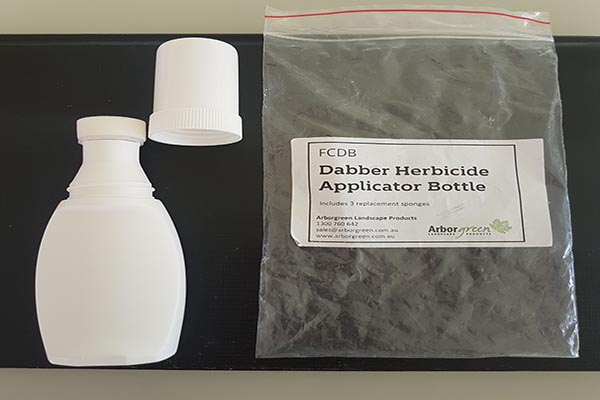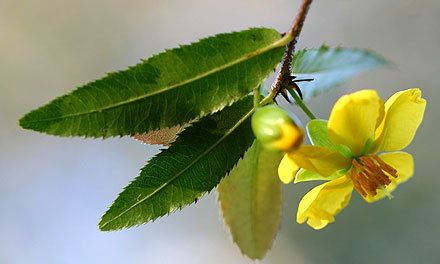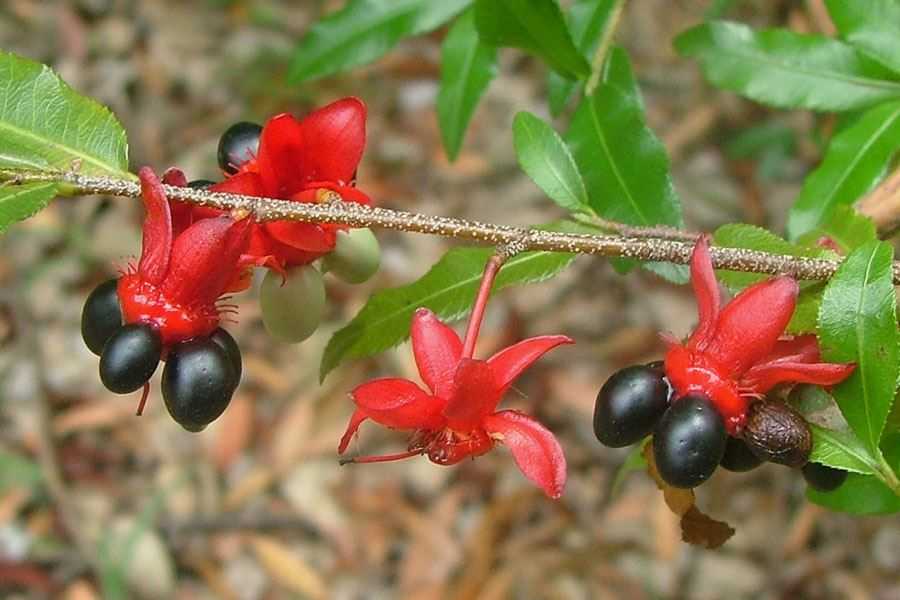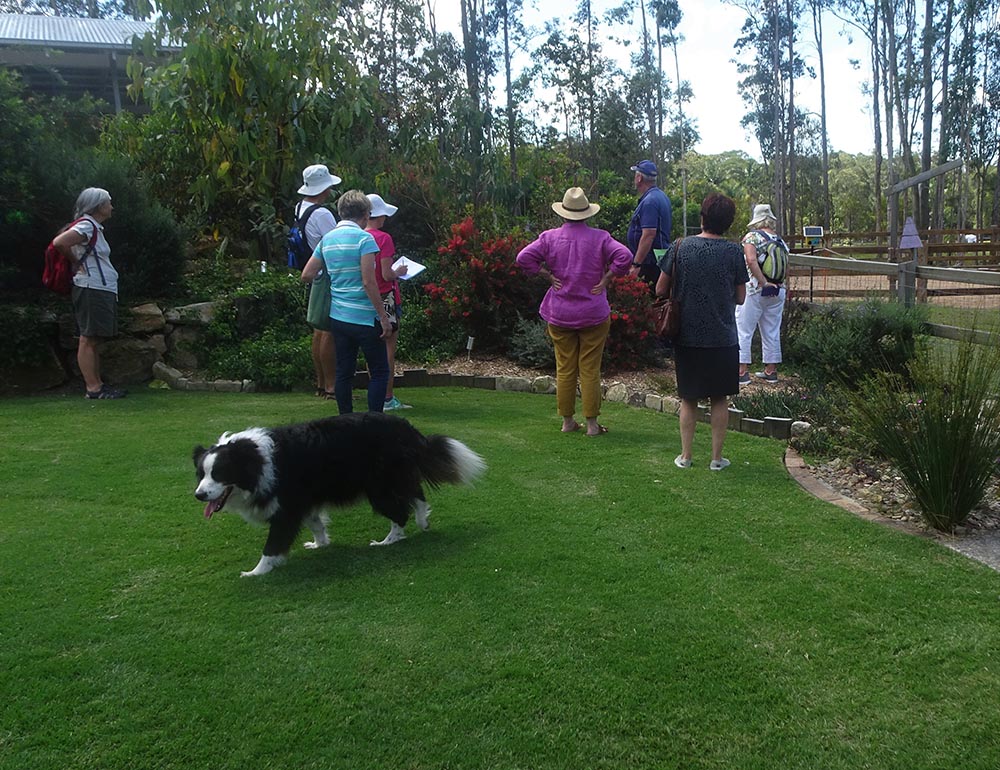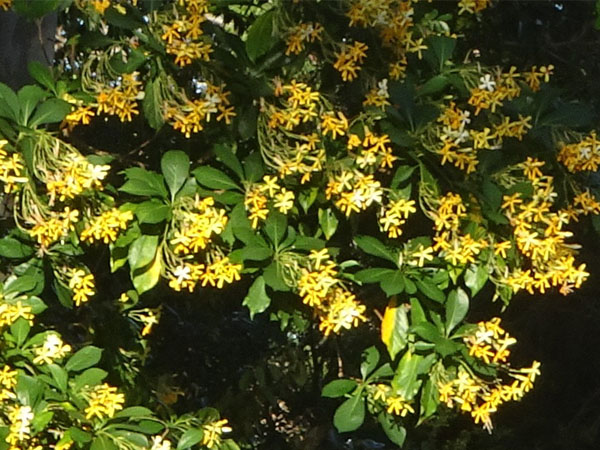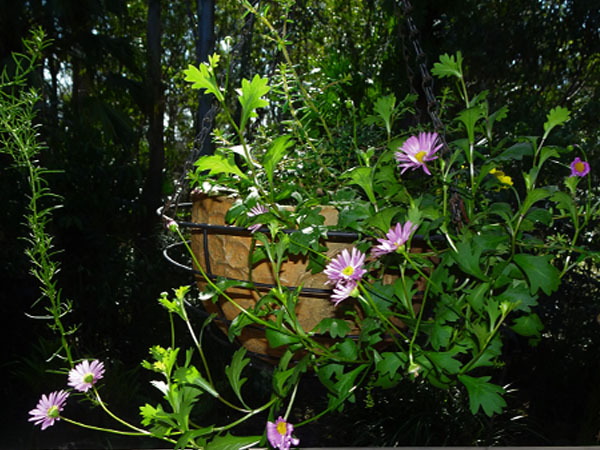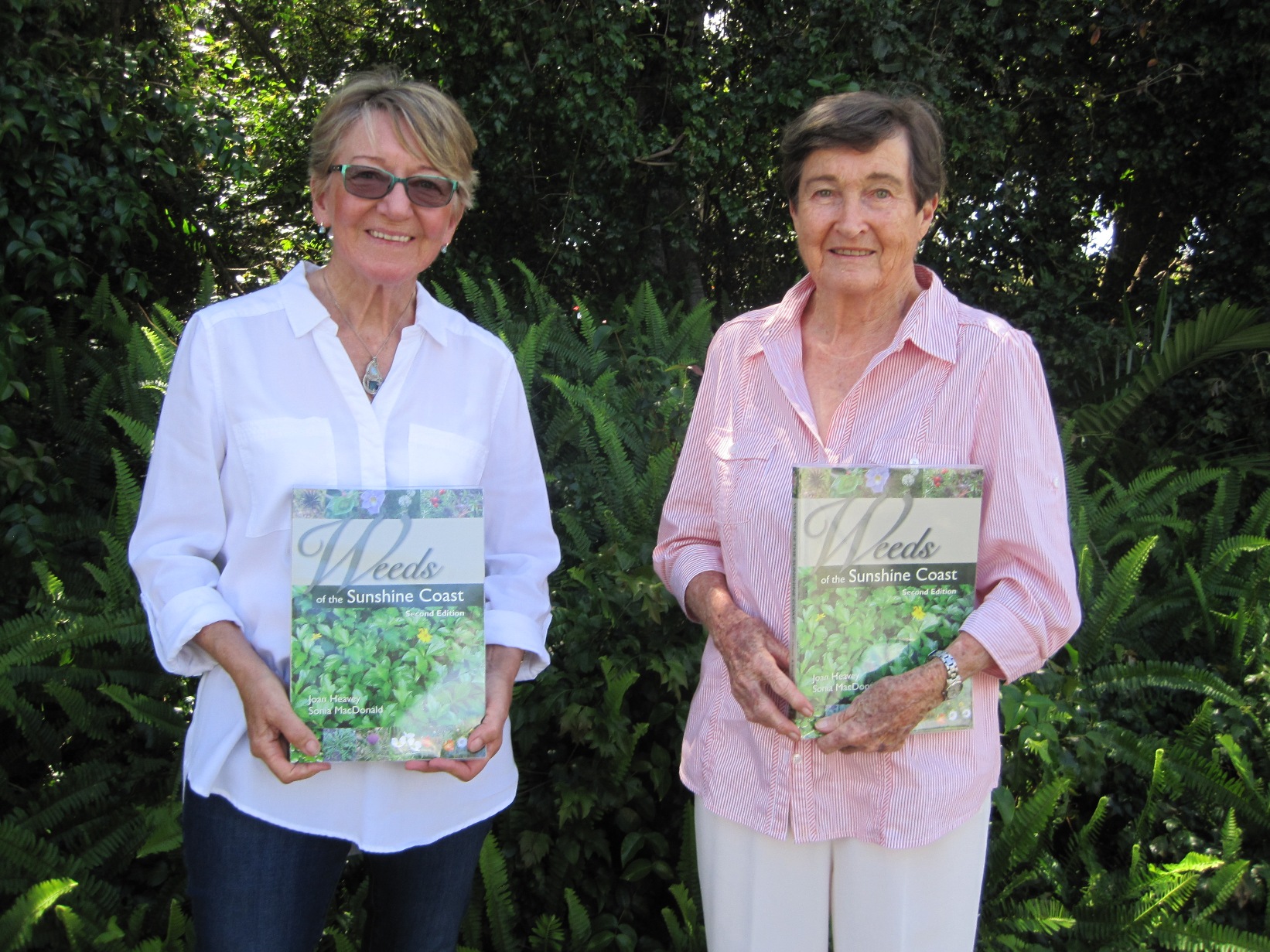Garden Tip from Michelle
Chemical use is a controversial topic. The method used to apply chemicals can greatly reduce the risks to humans and the environment. A safer way to apply chemicals is with a herbicide dabber rather than a spray bottle. A dabber is used to cut and paint shrubs and trees or scrap and paint vines. In this post Michelle explains how it is done and where it can be purchased.



